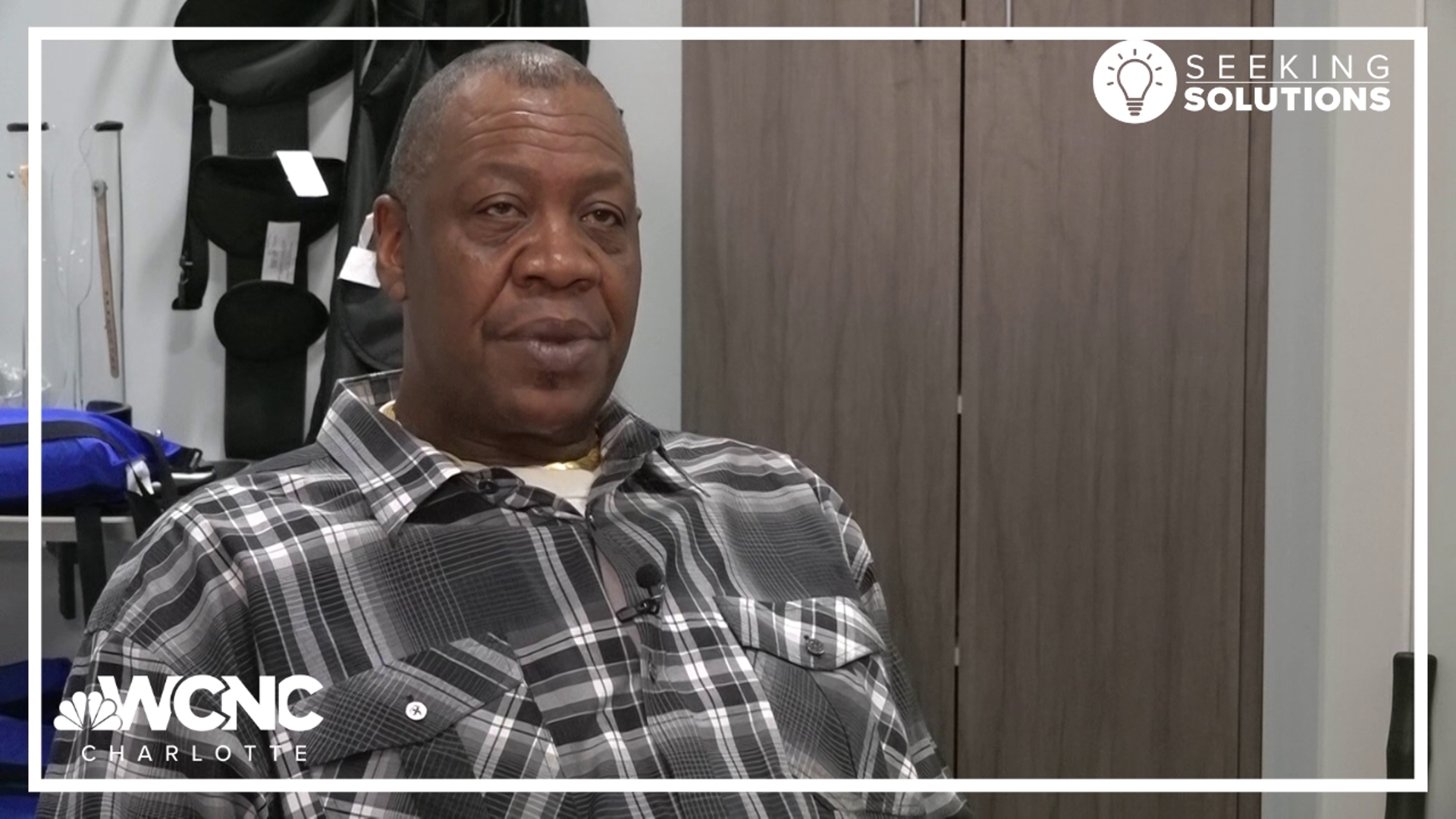While concussion education and prevention efforts have improved dramatically over the past two decades, according to Richard Figler, M.D., a sports medicine physician at Cleveland Clinic, there are some misconceptions about concussions that still exist.
One of those misconceptions is that a player will show symptoms of a concussion immediately after impact.
“Concussion symptoms will usually start immediately after the injury and peak within the first few hours or so, but they can be delayed in onset,” said Dr. Figler. “An athlete who has a concussion during the game may not know it until they go home and they start to feel a little bit ‘off’ or even the next day, when they go to school, and realize that they’re not functioning as well.”
A concussion is a short-term impairment of brain function that is usually caused by a blow to the head, or a jolt to the body affecting the head, and will cause symptoms that usually last anywhere from 10-14 days, but in some injuries can last even longer. These symptoms can include headaches, dizziness, feeling light-headed, sensitivity to light and noise, difficulty concentrating or focusing, as well as changes in sleep or behavior patterns.
Dr. Figler said there have been rule changes, in recent years, aimed at decreasing the number of concussions suffered by athletes, such as proper football tackling techniques and the elimination of ‘checking’ in some youth hockey leagues.
And while there have been many advances in equipment that can help protect athletes, Dr. Figler said it’s important to note that there is currently no helmet that has been proven to prevent a concussion.
“Helmets do not prevent concussions,” said Dr. Figler. “They help with head injuries; they help with facial injuries, but they don’t necessarily prevent concussions. They are better than what they used to be and continue to improve, but they’re not perfect.”
Dr. Figler believes that coaches, players, referees, teachers and parents should be educated on how to spot an athlete who is exhibiting signs and symptoms of a concussion.
He said it’s crucial for concussed athletes to be removed from the field of play, as soon as possible, to avoid sustaining further injury, and to be evaluated by a medical professional.
“When athletes are pulled away from the game, right after their injury from a concussion, they start the healing process right away and they don’t go out and sustain more trauma or worsen their symptoms,” said Dr. Figler. “Trauma could include elevating their heart rate or sustaining another hit to the head. Athletes who start healing right away tend to get better, faster.”


